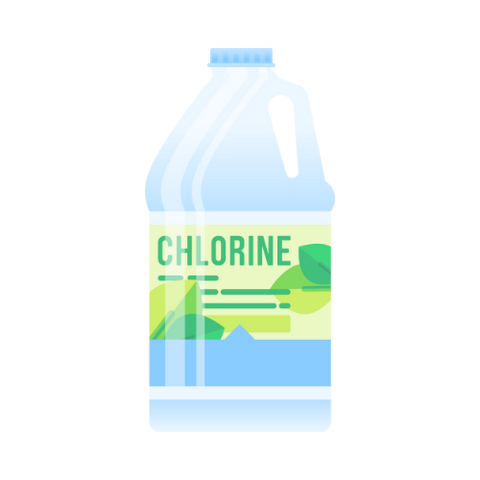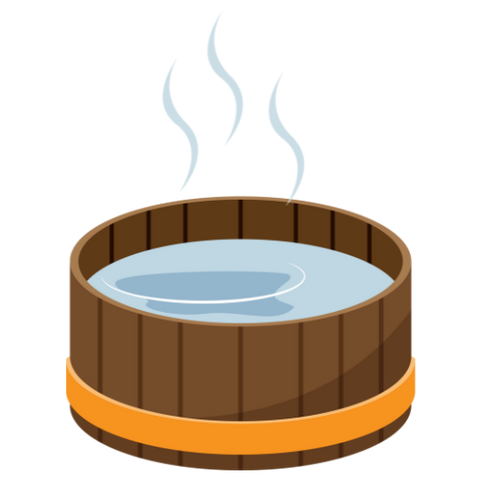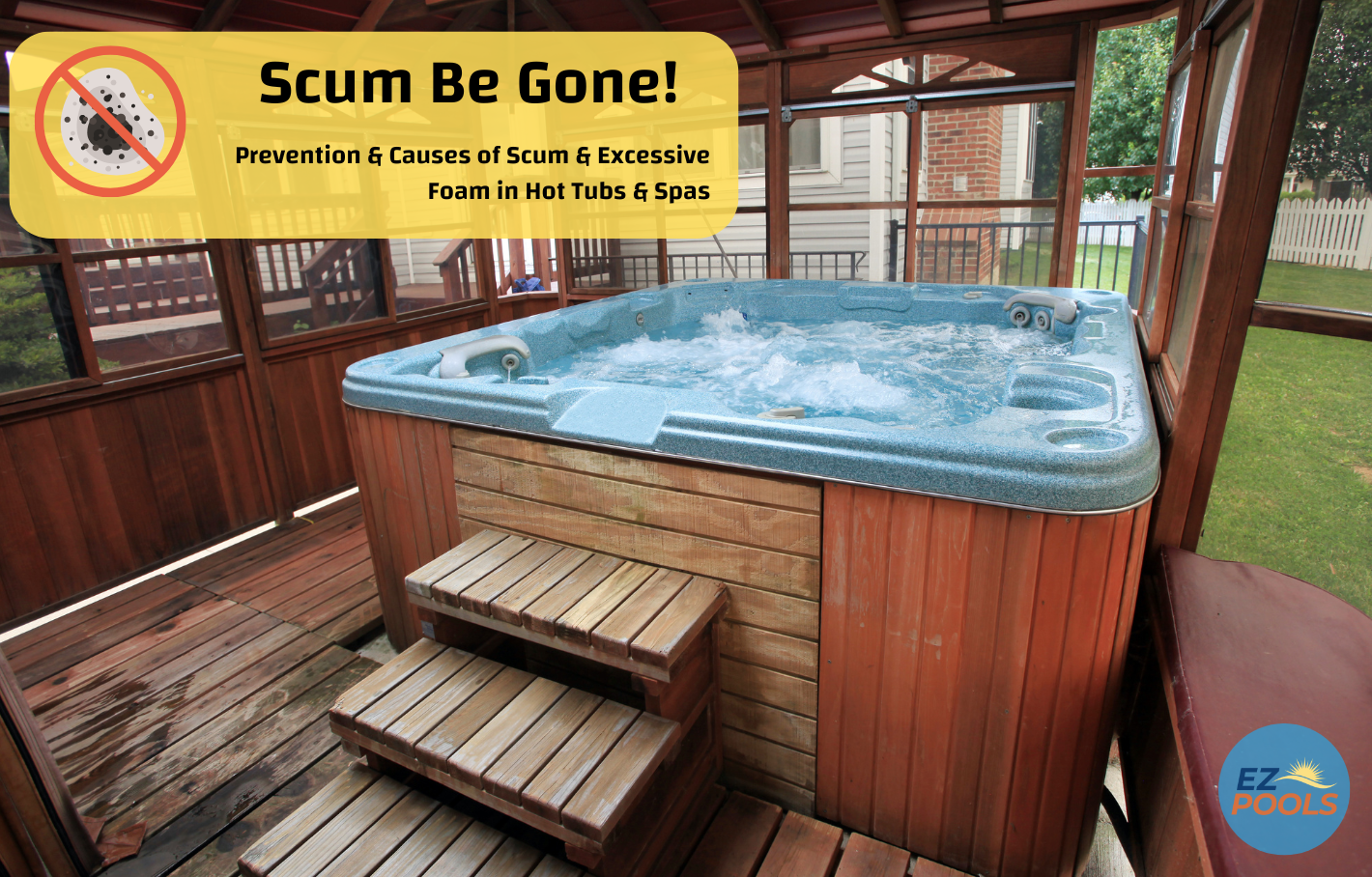Dipping into your spa or hot tub should be a ticket to paradise, a mini-vacation in the comfort of your own backyard. But when foam and scum start crashing the party, it's more of a nuisance than a retreat. Why do these uninvited guests keep showing up, and more importantly, how do you show them the door? Let’s unravel the mystery and get you back to bliss.
Why Foam and Scum Feel At Home in Your Spa

Organic Buildup: The primary culprits behind that frothy layer of foam and the unsightly scum line are organic materials. This includes body oils, lotions, makeup, and yes, even those tiny flakes of skin. When these substances accumulate, they create a perfect storm for foam formation and scum lines that cling to your spa's edges like unwanted wallpaper.

Chemical Imbalance: Think of your spa’s water chemistry as a delicate dance between various elements. When the balance is off—especially with pH, alkalinity, and sanitizer levels—the stage is set for foam and scum to make their grand entrance.
High TDS Levels: Total Dissolved Solids (TDS) are another piece of the puzzle. Over time, everything from makeup to deodorants dissolves into your spa water, elevating the TDS levels. High TDS can thwart your sanitizer's efforts to keep the water clean, leading to more foam and scum.
The Game Plan for Prevention
Test and Balance: Regularly testing your water and keeping the chemistry in check is your first line of defense. Aim for a pH level between 7.4 and 7.6 and an alkalinity level between 100 and 150 ppm. Keep your sanitizer levels within the recommended range for your spa type. Stock up on reagents if yours are expired, or get a new test kit if need be!
Shower Power: Encourage a quick rinse before entering the spa. A pre-soak shower can wash away most of the organic materials that contribute to foam and scum buildup.
Cover Up: When not in use, keep your spa covered. It’s simple but effective. A cover not only keeps out debris but also reduces water evaporation and helps maintain chemical balance.
Regular Rinsing: Make it a habit to rinse and clean your spa filter regularly. A clogged filter can’t do its job, leading to cloudy water and increased foam/scum formation.

Shock Treatment: Use a non-chlorine shock after heavy spa use or weekly as part of your maintenance routine. Shock treatments help break down organic waste, keeping the water clear and reducing foam formation. If you don't already have some, EZ Pools has a variety of liquid chlorine, shocks, & oxidizing (non-chlorine) shocks!
Making It Stick
Incorporating these practices into your spa care routine can significantly reduce, if not eliminate, foam and scum. It’s about being proactive rather than reactive. Remember, a little effort goes a long way in ensuring your spa remains a source of relaxation and joy, not a frothy frustration.
Quick Tips:
- Defoamers: There are plenty of De-Foamers on the market that will definetely help with Spa foaming in the short-term. We recommend keeping it on stanby in-case of a sudden issue with foaming or scum. That said, there's no better fix than prevention!
- Keep it Clean: Regular cleaning sessions are non-negotiable. Pay extra attention to the waterline to prevent scum buildup.
- Water Watch: Change your spa water every 3-4 months, or more frequently with heavy use, to keep TDS levels in check.
- Accessorize Wisely: Opt for spa-friendly products, from lotions to swimwear, that are less likely to contribute to foam and scum.
Wrapping Up

Battling foam and scum might seem like a daunting task, but with the right knowledge and tools, it's entirely manageable.
By understanding the causes and diligently applying the prevention strategies outlined, you can enjoy your spa or hot tub in all its crystal-clear glory.

